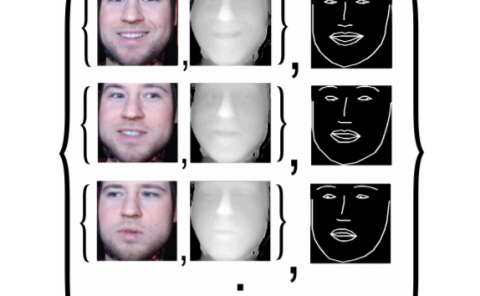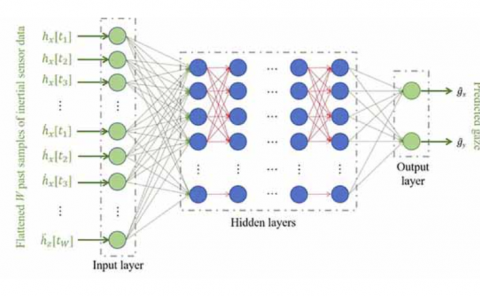Viewport Prediction for Volumetric Video Streaming by Exploring Video Saliency and Trajectory Information
PubDate: Dec 2023
Teams:Hefei University of Technology;The University of Electro-Communications;University of Science and Technology of China
Writers: Jie Li, Zhixin Li, Zhi Liu, Pengyuan Zhou, Richang Hong, Qiyue Li, Han Hu
Abstract
Volumetric video, also known as hologram video, is a novel medium that portrays natural content in Virtual Reality (VR), Augmented Reality (AR), and Mixed Reality (MR). It is expected to be the next-gen video technology and a prevalent use case for 5G and beyond wireless communication. Considering that each user typically only watches a section of the volumetric video, known as the viewport, it is essential to have precise viewport prediction for optimal performance. However, research on this topic is still in its infancy. In the end, this paper presents and proposes a novel approach, named Saliency and Trajectory Viewport Prediction (STVP), which aims to improve the precision of viewport prediction in volumetric video streaming. The STVP extensively utilizes video saliency information and viewport trajectory. To our knowledge, this is the first comprehensive study of viewport prediction in volumetric video streaming. In particular, we introduce a novel sampling method, Uniform Random Sampling (URS), to reduce computational complexity while still preserving video features in an efficient manner. Then we present a saliency detection technique that incorporates both spatial and temporal information for detecting static, dynamic geometric, and color salient regions. Finally, we intelligently fuse saliency and trajectory information to achieve more accurate viewport prediction. We conduct extensive simulations to evaluate the effectiveness of our proposed viewport prediction methods using state-of-the-art volumetric video sequences. The experimental results show the superiority of the proposed method over existing schemes. The dataset and source code will be publicly accessible after acceptance.



